Blue And Red Symbolism In “The Prince Of Egypt”
Blue and Red Symbolism in “The Prince of Egypt”
One of the cool overarching artistic themes in “The Prince of Egypt” is blue versus red. It doesn’t work 100% of the time - for instance, Zipporah’s clothing is blue, but she’s not associated with the Egyptians - but overall, blue and red have their own distinct, separate symbolism. Blue represents Egypt, while red is the color of Moses’ family, the Hebrews, and their God Elohim.
Now I’m going to quickly rush from start to end of the film and point out the major blue and red moments I’ve noticed.
The opening shot is red, while the musical theme for God is playing in the background.

The Hebrew infants are being slaughtered, and the color of the streets is amazingly red. The Egyptian guards themselves, however, are carrying blue shields - the only blue in these frames.

Jochebed, Aaron, and Miriam are all wearing red. Even the baby Moses is wrapped in a red blanket. Jochebed is also wearing blue; she’s making a choice based upon the dangers of Egyptian society.

All the Egyptians are wearing blue. Rameses II even has a blue tie around his ponytail and a blue necklace. The entire tint of this moment is basically blue… blues and purples. It’s a huge visual contrast from the baked, bloody red from which baby Moses has escaped.



Blues, blues, blues everywhere. The headdress of the Pharaoh on the statue is blue. Later, painted murals of the Pharaoh will show the same blue.
The next shot, we see Moses and Rameses as young adults. Moses is still sticking with the red theme, which cues viewers subtly that he’s out of place in Egyptian society. Moses’ horses are decorated in red, so is his chariot, and so are accents of his clothing. Rameses, meanwhile, perfect little Egyptian boy that he is, has all that in blue and aqua.

Tuya wears blue around the collars, the Pharaoh Seti’s cane is aqua blue, and the priests are wearing the same bluish accents. Rameses II is, as I mentioned before, wearing the same color. In fact, everyone in this room has the same shade of blue on except for Moses.

If we really want to go crazy overanalyzing, even the punch bowl that Moses dumps on Hotep and Huy is red.
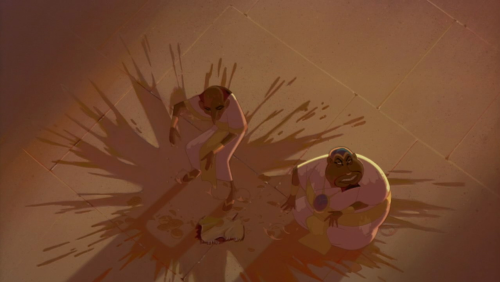
Egyptian magic is blue.

So is the ring that Rameses gives Moses. Now this ring is symbolic. While Moses wears it, he has a connection to his Egyptian family, his Egyptian brother. When he returns to Egypt to ask the Pharaoh to let the Hebrew slaves go, he returns the ring. He is revoking his kinship and connections with the Egyptians at this moment. He’s revoking the blue.

There is a deep blue tint during the night scene Moses meets Miriam and Aaron and first learns he’s actually Hebrew by birth. Moses’ mind is concerned with the fact he’s blue - an Egyptian - even though that’s not the truth. Oh, right, and all three siblings - Moses, Miriam, and Aaron - are wearing red.

While Moses struggles with the shocking news he’s actually a Hebrew, he runs into his Egyptian home. The places where he stands to comfort himself are blue, blue, blue everywhere. He wants to think that this is where he belongs - in this comforting Egyptian blue.


But then you get to Moses’ bedroom, and you realize it’s red. He’s a Hebrew at heart, deep beneath it all. He just doesn’t realize it yet.

After Moses enters Midian, Jethro gives him a red cloak.

And it is to note that Jethro, while a Midianite rather than a Hebrew, is the one who speaks to Moses about looking at life through Heaven’s eyes. This helps pave the way for Moses to become acquainted and receptive to the Hebrew God Elohim. Jethro wears red. Even the tent he lives in is red. It’s all red.
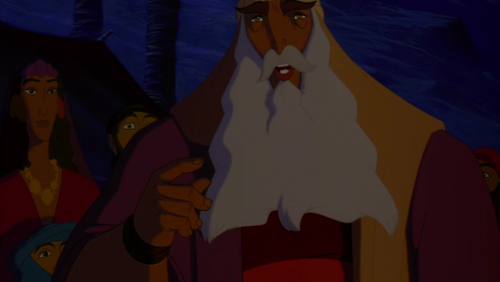
When Moses sees the burning bush, at first the atmosphere is blue. His cloak and the bush are the only things with reddish tinges on them.

The colors which wrap around him, though, are a bit more red than blue.

Excited Moses tells the news he’s going to deliver the Hebrews in a red tent.

Rameses’ royal chambers in Egypt are very blue. Moses, wearing red, sticks out from the rest of the people and things in the room.

Hey, look, more blue Egyptian magic. There is some stark red in this scene, too. Blue generally predominates, and all the time conjurations happen, it’s with blue (or greens, at least) as the main color.

The biggest exception is the fact that the Egyptians pull out red snakes. It’s almost as though to hint those snakes are going to be eaten by Moses’.

I want to point out that, of the three siblings, only Miriam wears complete red. Moses also is wearing a greenish, tealish undershirt, while Aaron’s shorts are blue-green. It’s as if to point out that Moses has to struggle through both sides, while Aaron is someone whose mind isn’t deep on faith, and gets too caught up in the worries of current Egyptian society. Miriam, the great woman of endless faith, is the one who wears the complete red associated with God.

The ideal place to relax for the Pharaoh and his son is in a rather blue boat.

Moses drowns out that blue and replaces it with the red of blood, directly with God’s power.

However, the Pharaoh has not relented. He won’t let the Hebrews go. And before the plagues begin, the Egyptian world is still overall blue in tint.

Not so much once the plagues hit and turn the whole world red.



And if you still don’t believe in the red versus blue symbolism, check out this screenshot below. Moses and Rameses II are shown facing one another in opposition. Rameses, blue. Moses, red. The two figureheads for Egypt and Israel, coming in conflict, depicting these two thematic, symbolic colors.
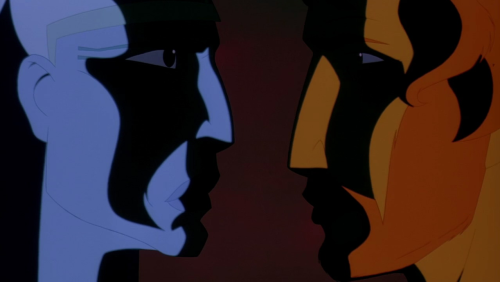

The doors are painted with the blood of lambs to protect Hebrews from the angel of death.

But there is death amongst the Egyptians, and a foreboding - depressing - blue ambience within that dark. Moses leaves Rameses II enshrouded in blue. It’s so blue you can’t even see the red on Moses’ cloak.

Rameses returns to attack the Hebrews in blue. It’s the most blue he’s ever worn, in fact.

But God returns. He comes as a pillar of flame - a bright, red, magnificent red pillar of flame. And when the Hebrews travel through the Red Sea, they light flames themselves, bringing some sparks of red into the blue passageway.

As I said before, the blue versus red symbolism isn’t perfect. There are times that it diverges, or that blue is simply blue and red is simply red. However, I think there is still a strong correlation between red associating with the Hebrews and blue with the Egyptians. The artwork is beautiful in and of itself, but the fact that the color pallet seems to be so symbolically intentional gives me a whole other level of respect for the creators of this movie.
More Posts from Aslanay-vonholle and Others
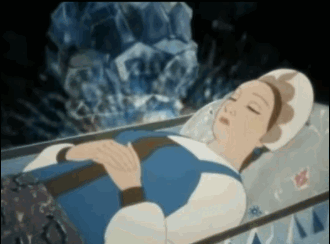
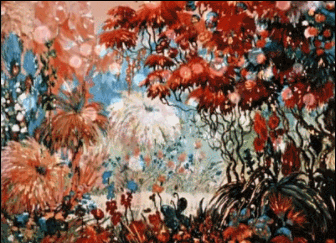
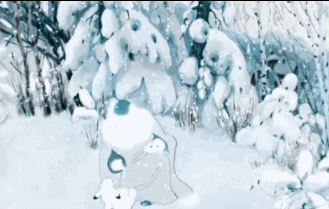
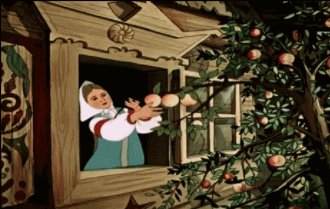
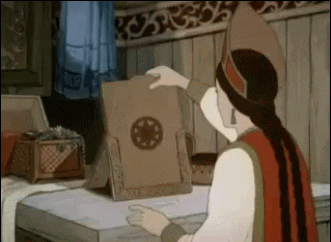
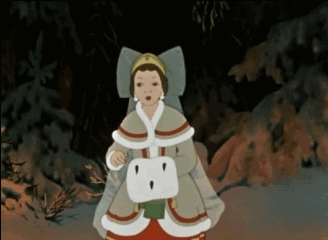
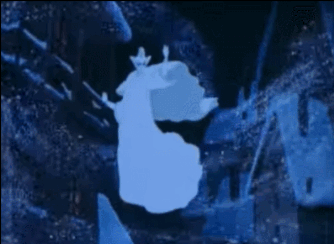
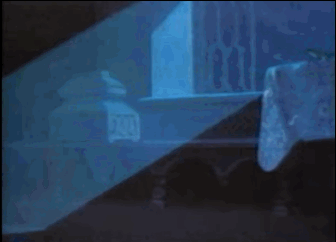
Russian fairy tales :
Tale of the Dead Tsarevna and the Seven Bogatyrs (1951)
The Scarlet Flower (1952)
The Snow Maiden (1952)
Sister Alenushka and Brother Ivanushka (1953)
The Magic Bird (1953)
The Twelve Months (1956)
The Snow Queen (1957)
Vasilisa the Beautiful (1977)
Pride and Prejudice (but with ducks, trust me it’s better)
Grab your popcorn guys this is gonna be long, I decided to sum up the whole parody of Pride and Prejudice that was published this year in italian Topolino
here we go,
PRIDE AND PREJUDICE
Art: Stefano Turconi
Texts: Teresa Radice
(aka best duo in comic history)
We start with Jane Austen herself (her duck self to be precise) telling to her friend about her new book with the aforementioned title!

Then we meet our protagonists!

The wonderful family Pennet, living in suburban England, with Jane (Paperetta / Dickie Duck) and Elizabeth (Daisy) being the eldest daughters
The family usually hangs out at their neighbour’s, Fethry Bingpap’s lavish parties, with Bingpap and Jane developping mutual feelings

At the party we also meet Bingpap’s sister Amelia (Magica De Spell) and
Donald Ducky!

(yes, Donald keeps that look on his face until the very end)
The contrast between the two friends’ characters is very evident

And here we have Duckcy’s and Elizabeth’s first moment! (boy, everything happens at that party)

Continua a leggere







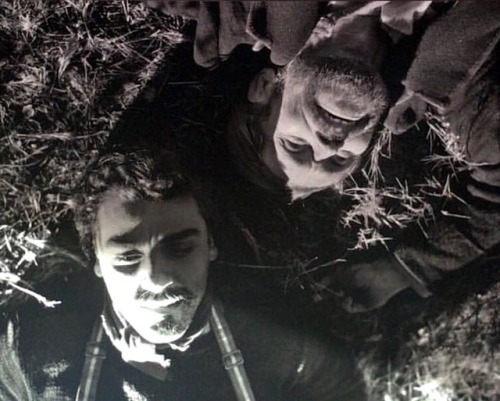


Il materiale di origine: @lilygavin, @montassaralaia @rupertfriend, @emmanuelle.seigner (Instagram) / Photos from the set of At Eternity’s Gate filmed in Arles, Provence, and Saint-Rémy, France. (2017) #myedit

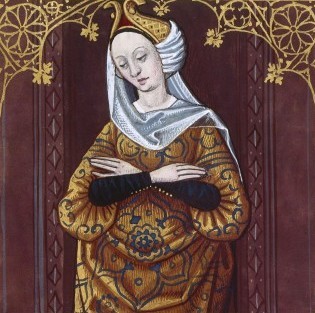


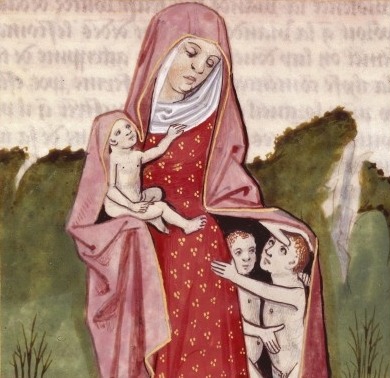



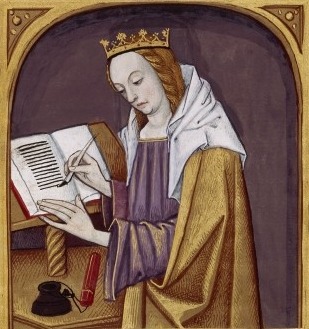






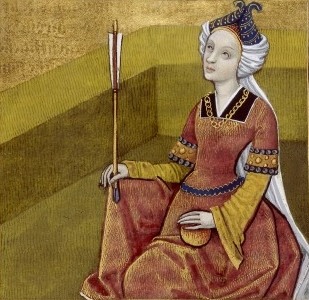



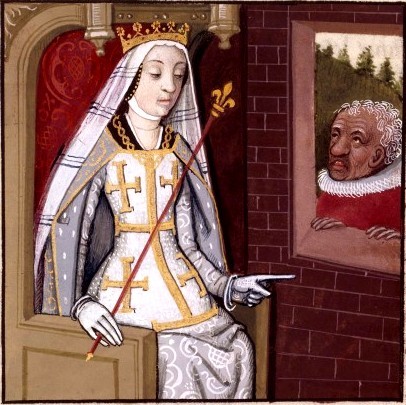
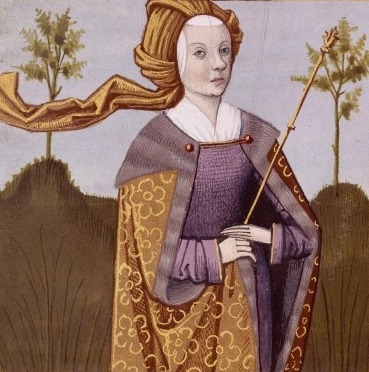
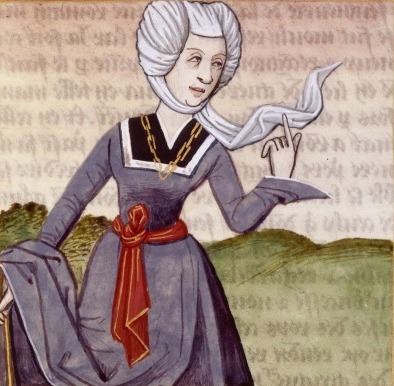
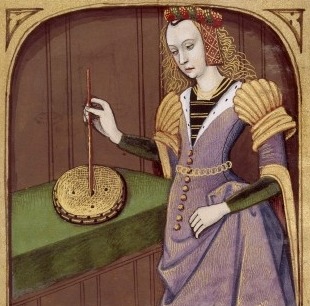











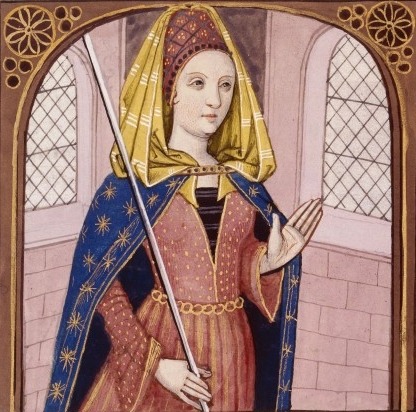




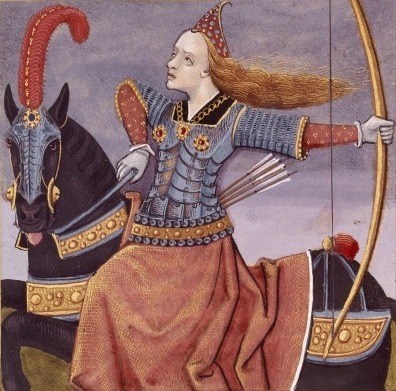




De Mulieribus Claris by Giovanni Boccacio.
A collection of biographies of historical and mythological women by Giovanni Boccaccio, composed in 1361-62. It is the first collection devoted exclusively to biographies of women in Western literature. Boccaccio also compiled a collection of biographies of famous men, De Casibus Virorum Illustrium (On the Fates of Famous Men) at the same time of his compilation of De Mulieribus Claris.
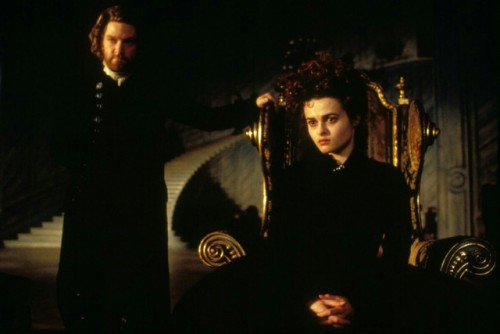
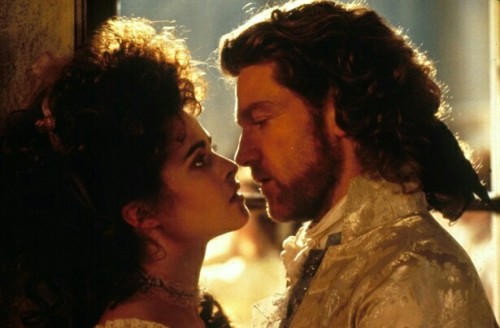
Mary shelley’s Frankenstein (1994)
Helena Bonham Carter and Kenneth Branagh










Satine (Nicole Kidman) Sparkling diamond costume.. Moulin Rouge (2001).. Costume by Catherine Martin and Angus Strathie.


Gianlorenzo Bernini, 1619 Sleeping Hermaphroditos details




carmela corleone + pears vs diamonds (1917 vs 1958)

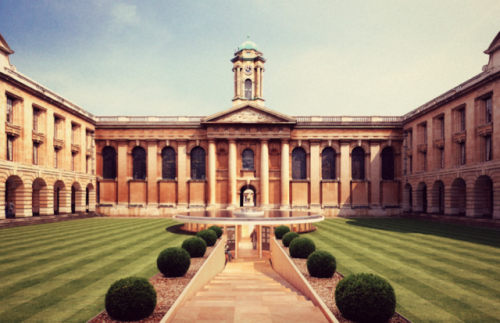







Cubitum eamus?
Another Country (1984) | Maurice (1987) | The History Boys (2006) | Brideshead Revisited (1981) | Dead Poets Society (1989)




Four sides of witchcraft. Countdown to Halloween.
-
 spookytigerwerewolf liked this · 3 months ago
spookytigerwerewolf liked this · 3 months ago -
 punster-2319 liked this · 6 months ago
punster-2319 liked this · 6 months ago -
 shikanithefox160 liked this · 7 months ago
shikanithefox160 liked this · 7 months ago -
 ysabelno reblogged this · 8 months ago
ysabelno reblogged this · 8 months ago -
 ysabelno liked this · 8 months ago
ysabelno liked this · 8 months ago -
 fairy-minjeongz liked this · 8 months ago
fairy-minjeongz liked this · 8 months ago -
 waywardcollectionprincess liked this · 8 months ago
waywardcollectionprincess liked this · 8 months ago -
 stonemaskvamp liked this · 10 months ago
stonemaskvamp liked this · 10 months ago -
 candylani18 reblogged this · 10 months ago
candylani18 reblogged this · 10 months ago -
 candylani18 liked this · 10 months ago
candylani18 liked this · 10 months ago -
 rockysavannah reblogged this · 1 year ago
rockysavannah reblogged this · 1 year ago -
 rockysavannah liked this · 1 year ago
rockysavannah liked this · 1 year ago -
 millienobobbybrown liked this · 1 year ago
millienobobbybrown liked this · 1 year ago -
 anne0png liked this · 1 year ago
anne0png liked this · 1 year ago -
 lunangels-moved liked this · 1 year ago
lunangels-moved liked this · 1 year ago -
 ram-40 liked this · 1 year ago
ram-40 liked this · 1 year ago -
 bananaphone---t reblogged this · 2 years ago
bananaphone---t reblogged this · 2 years ago -
 clonewarscollector liked this · 2 years ago
clonewarscollector liked this · 2 years ago -
 emilargh reblogged this · 2 years ago
emilargh reblogged this · 2 years ago -
 emilargh liked this · 2 years ago
emilargh liked this · 2 years ago -
 quietcandle reblogged this · 3 years ago
quietcandle reblogged this · 3 years ago -
 hanimal92 liked this · 3 years ago
hanimal92 liked this · 3 years ago -
 ella-janehaven reblogged this · 3 years ago
ella-janehaven reblogged this · 3 years ago -
 ella-janehaven liked this · 3 years ago
ella-janehaven liked this · 3 years ago -
 idontshipklance reblogged this · 3 years ago
idontshipklance reblogged this · 3 years ago -
 fedorag liked this · 3 years ago
fedorag liked this · 3 years ago -
 lacommunarde liked this · 3 years ago
lacommunarde liked this · 3 years ago -
 andromedas-star liked this · 3 years ago
andromedas-star liked this · 3 years ago -
 oldfashioned-loverboy liked this · 3 years ago
oldfashioned-loverboy liked this · 3 years ago -
 i-is-a-fan-weeb reblogged this · 3 years ago
i-is-a-fan-weeb reblogged this · 3 years ago -
 i-is-a-fan-weeb liked this · 3 years ago
i-is-a-fan-weeb liked this · 3 years ago -
 phoenixlionme reblogged this · 3 years ago
phoenixlionme reblogged this · 3 years ago -
 sup-geek reblogged this · 4 years ago
sup-geek reblogged this · 4 years ago -
 azuzula liked this · 4 years ago
azuzula liked this · 4 years ago -
 aroacebones reblogged this · 4 years ago
aroacebones reblogged this · 4 years ago -
 herenya-writes liked this · 4 years ago
herenya-writes liked this · 4 years ago -
 aroacebones liked this · 4 years ago
aroacebones liked this · 4 years ago -
 gender-snatched liked this · 4 years ago
gender-snatched liked this · 4 years ago -
 rhiannon1425 reblogged this · 4 years ago
rhiannon1425 reblogged this · 4 years ago -
 dies---irae liked this · 4 years ago
dies---irae liked this · 4 years ago -
 aleope liked this · 4 years ago
aleope liked this · 4 years ago -
 bibliateca reblogged this · 4 years ago
bibliateca reblogged this · 4 years ago -
 birbwing liked this · 4 years ago
birbwing liked this · 4 years ago -
 emeraldalicorn liked this · 4 years ago
emeraldalicorn liked this · 4 years ago -
 dragonauthor liked this · 4 years ago
dragonauthor liked this · 4 years ago -
 maiden-be-exile reblogged this · 4 years ago
maiden-be-exile reblogged this · 4 years ago -
 titusershov reblogged this · 4 years ago
titusershov reblogged this · 4 years ago